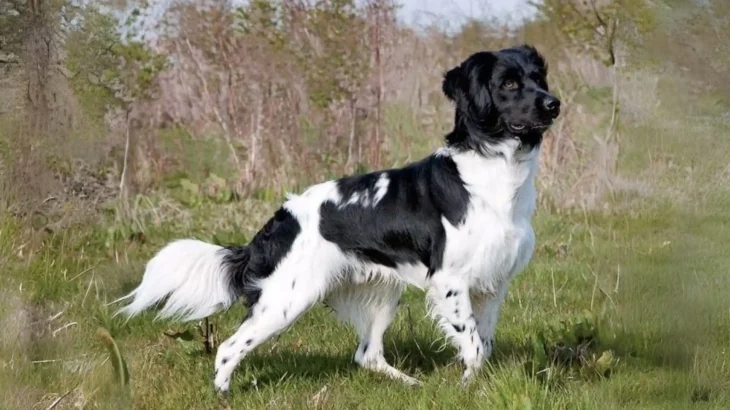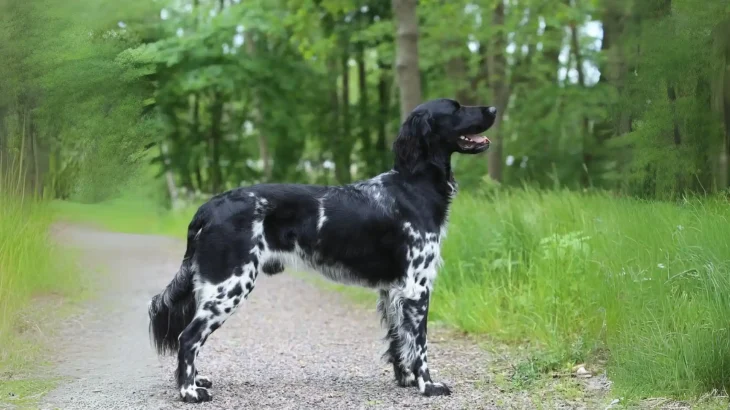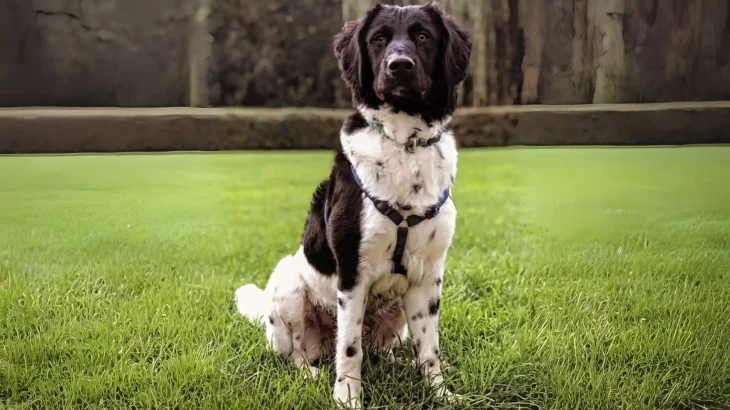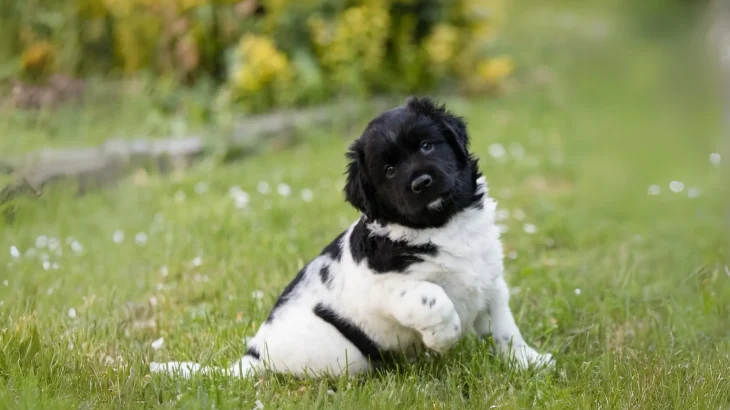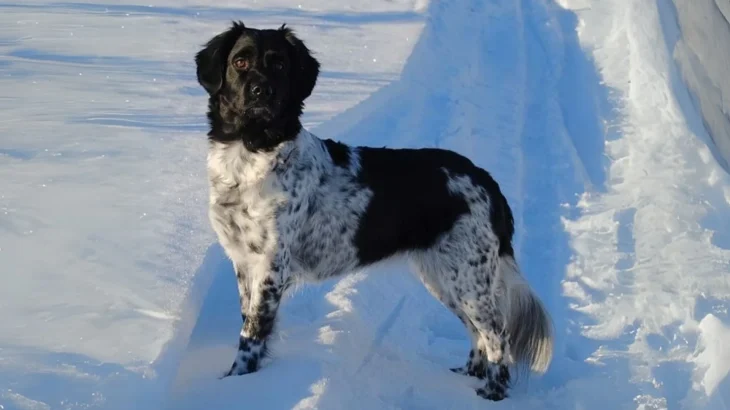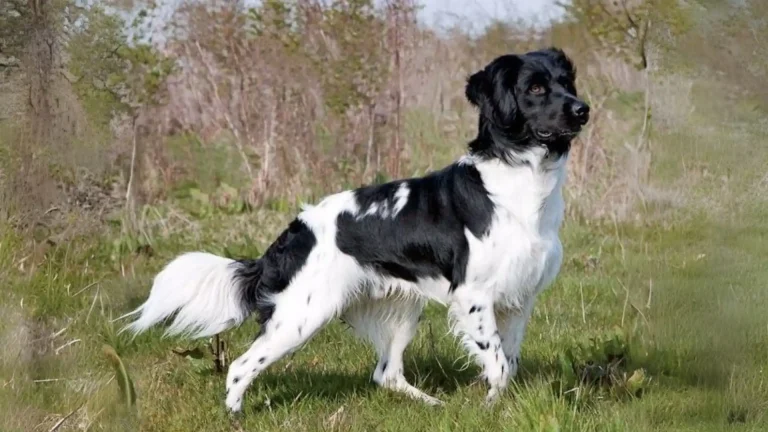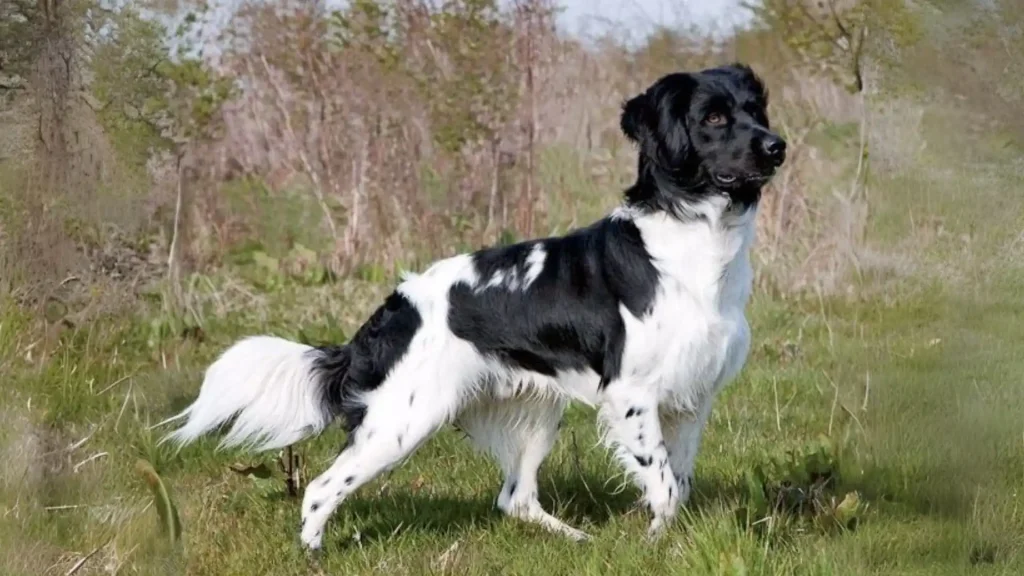Deciding whether to adopt or purchase a Stabyhoun puppy involves weighing the benefits of knowing the puppy's pedigree and health history against the chance to give a home to a dog in need. Purchasing a puppy from an ethical breeder typically ensures pedigree certification and health screenings specific to the Stabyhoun breed. Adoption might offer less certainty about lineage but supports animal welfare and may come with lower costs.
Adoption vs. Breeder: Pros & Cons
| Criteria | Buying from Breeder | Adopting from Shelter/Rescue |
|---|---|---|
| Cost | Usually higher, reflecting purebred status and health certifications. | Lower adoption fees, often including vaccinations and spay/neuter procedures. |
| Health History | Comprehensive health checks and genetic testing mandated by breed clubs. | Health history may be limited or unknown, though basic health screening is typical. |
| Age Availability | Primarily available as young puppies to raise from the start. | Wide range of ages, including adults, offering flexibility. |
| Temperament Insight | Breeders provide informed temperament expectations based on lineage. | Shelter/rescue staff can share observed behavior but full background might be unclear. |
| Ethical Considerations | Supports responsible breeding adhering to codes of ethics and regulations. | Supports animal welfare by providing a home to a dog that might otherwise remain homeless. |
| Breed Purity & Pedigree | Pedigree certified with strict lineage documentation. | Often unknown or mixed lineage without official pedigree. |

